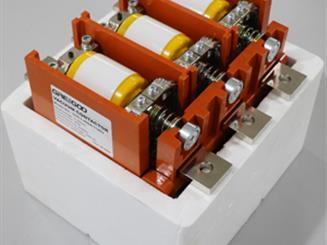How solid state relays work? Testing SSR with multimeter and wiring.
How solid state relays work?
Testing solid state relay with multimeter
Solid state relay wiring
- FASTON terminals connection SSR 1 phase ac switching SSR Relay
- What's the difference of Solid State Relay from Magnetic Contactor?
- Integrated IP20 touch-safe Solid State Relays
- DC SSR, Solid State Relay DC Load, DC/AC to DC SSR relay
- Low voltage drop DC SSR, charging and discharging DC SSR launched.
- Greegoo's motor reversing solid state relays introduction
- 1-Phase Solid State Contactors
- Plug in DC output solid state relays
- Plug in AC switching Solid State Relays
- 100A to 400A DC Solid State Relay special for frequency converters

What is the difference between the magnetic latching type and electrical holding type vacuum contactor?
Vacuum contactors can be classified into two main types based on their mechanism for holding the contacts closed: magnetic latching type and electrical holding type.
Read More
The Crucial Role of IGBT Modules in Power Electronics and Their Expanding Applications
The Key Role of IGBT Modules in Power Electronics and Modern Applications
Read More
Discover the Greegoo GB Series Fast Recovery Diodes: The Ideal Choice for High-Performance Power Electronics
Unleash the future of power electronics with the Greegoo GB Series—where performance, precision, and flexibility converge.
Read More
12KV Vacuum Contactor with Vacuum Circuit Breaker Integrated - Frequent Switching under Higher Breaking Capacity 31.5kA
12KV 630A to 1250A 31.5KA Vacuum Contactor + Vacuum Circuit Breaker, frequently switching under high breaking capacity
Read More













